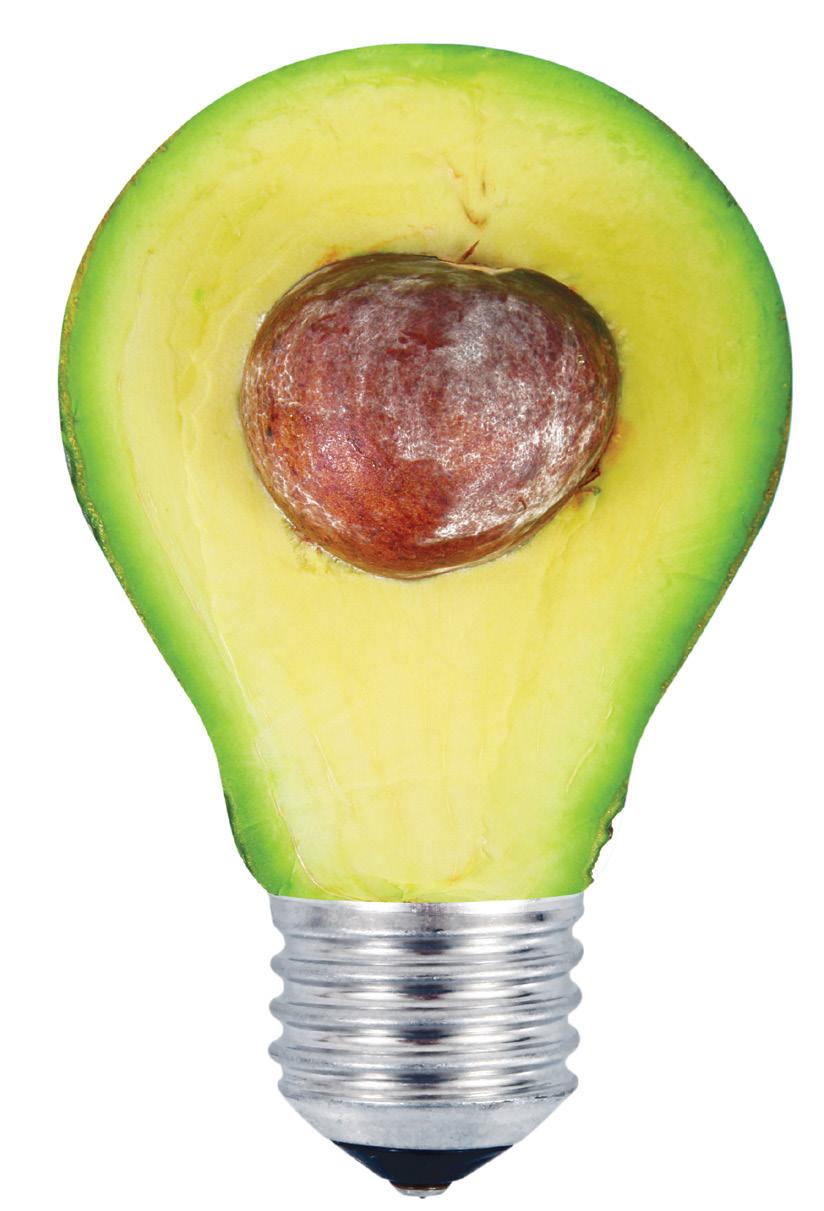STOCK BIOSECURITY
New chief biosecurity officer for MPI Stu Hutchings, newly appointed chief biosecurity officer for the Ministry for Primary Industries, has an extensive background in biosecurity risks in both animals and plants. Elaine Fisher reports.
N
ew Zealand is close to eliminating the disease Mycoplasma bovis from its dairy and drystock herds and if it can, will be the first country in the world to do so. Among those confident of that success is Stu Hutchings, the new chief biosecurity officer for the Ministry for Primary Industries (MPI). “We are towards the end phase limit of the disease and can now start the phase to prove freedom from it. Recently there has been a small increase in detection but that was not unexpected given the seasonal surveillance through bulk milk testing. Each season we expect more testing to find traces of M. bovis but the traces are getting less and less over time. “This has been a great collaborative effort between the farming industry and government with the farming community shouldering a lot of the burden both emotionally and financially.” Currently chief executive for Kiwifruit Vine Health (KVH), Stu is well qualified for his new role, given his wealth of experience and knowledge in management of biosecurity risks in both animals and plants, in research and innovation, and through his wide network of contacts formed from working with farmers and growers, industry and central and local government partners. Alongside his role with KVH, Stu has been an independent director on the Mycoplasma bovis board. As chief biosecurity officer, Stu’s tasks will include taking an overview of the work of the Biosecurity New Zealand directorates, which focus on import health standards pre-border, at the border at ports and airports, and post-border. 74
Stu Hutchings, the newly appointed chief biosecurity officer for the Ministry for Primary Industries.
“One of the mandates for the new role is to look across the whole system to provide assurance that it is working well.” “We’re excited to have Stu join us as our first chief biosecurity officer. He has proven leadership in biosecurity and in his previous roles he has always had a genuine focus on putting growers and farmers at the centre of everything he and his team do – something incredibly important to us at MPI and integral to successfully all working together to keep unwanted pests and diseases from making their ways onto our farms and orchards, and into our communities,” says Penny Nelson, deputy director-general Biosecurity New Zealand. Biosecurity New Zealand systems protect New Zealand from imported pests and diseases that could harm the
food and primary sector, New Zealand’s environment and biodiversity, and the health of New Zealanders, and the threats are ever-present. Stu joined KVH three years ago from the role of group manager for OSPRI and has had previous roles as acting chief executive there as well as at the Animal Health Board. A veterinarian by profession, he has also held roles within private vet practice and risk management product development for the New Zealand Veterinary Association. “Kiwifruit is an amazing industry to work in because of the proactive nature of the industry and I have especially enjoyed working in KVH. It has a passionate team of people and is an organisation in which you can come up with an issue or problem, talk it through, do background research and implement solutions relatively quickly. I have also enjoyed the collaboration between KVH, Zespri, New Zealand Kiwifruit Growers Inc and the wider industry.” Formed to take over the industry’s response to Psa-V in 2010, KVH has been at the forefront of government industry biosecurity collaboration, becoming the first to sign the Government Industry Agreement in May 2014. Stu grew up in Palmerston North and Wellington, returning to Palmerston North to study veterinary medicine at Massey University before working as a partner in a veterinary practice in Taupo. “It was while I was there that I became interested in population-based disease control. Rather than focusing on individual animals it is thinking about the epidemiology of how a disease works and
Dairy Exporter | www.nzfarmlife.co.nz | March 2021























